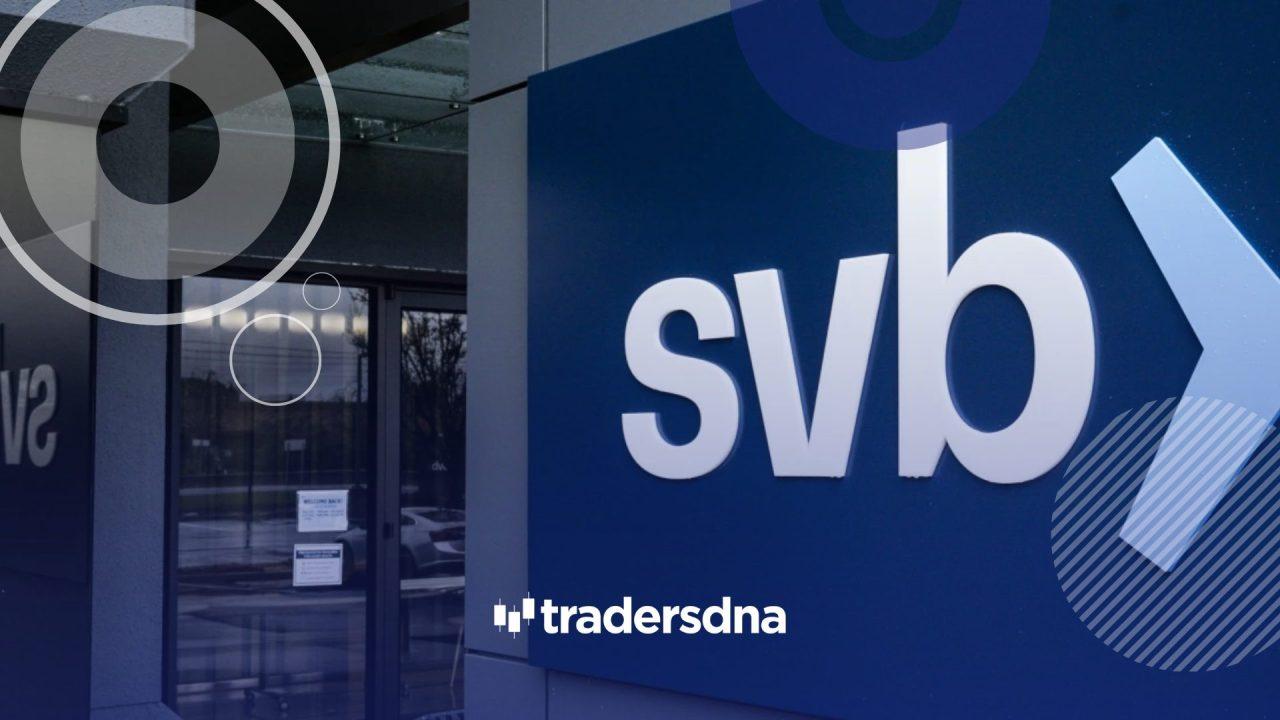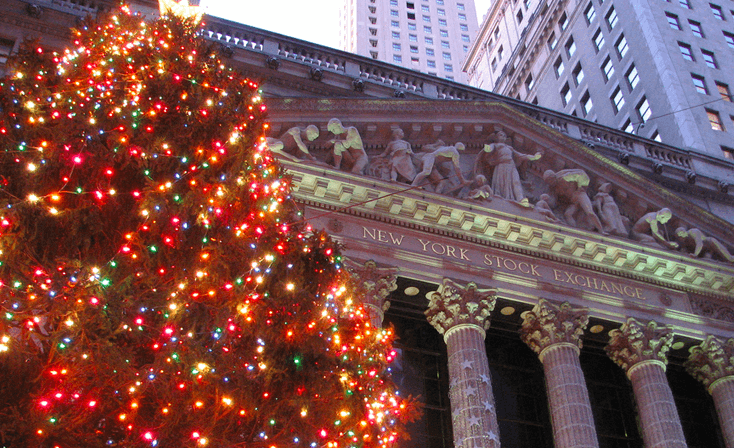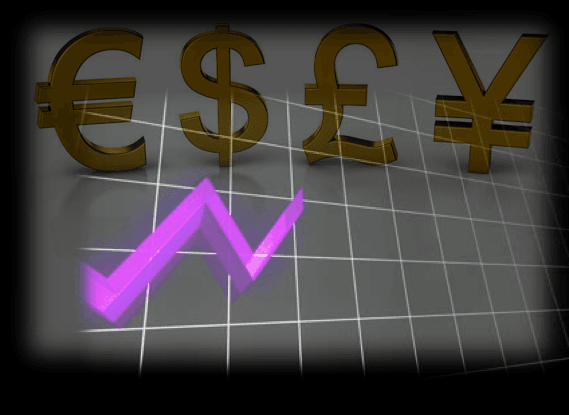The collapse of Silicon Valley Bank (SVB) has raised concerns about the vulnerabilities in the US financial system. While SVB is not Lehman Brothers and its collapse is not likely to trigger a financial crisis, it has highlighted some vulnerabilities that have their roots in the pandemic. This article examines the factors that led to the collapse of SVB, its impact on the technology sector, and its implications for the US financial system.

The crisis was triggered by a drastic fall in the price of fixed-income bonds, in which SVB and many other banks invested heavily, which ultimately led to the fall of the bank. However, on Sunday 12, the US Treasury, through the Federal Reserve and Federal Deposit Insurance Corporation (FDIC), bailed out the bank in a move to save deposits and to calm international markets.
“The US banking system remains resilient and on a solid foundation, in large part due to reforms that were made after the financial crisis that ensured better safeguards for the banking industry,” the authorities’ joint statement said.
“Those reforms combined with today’s actions demonstrate our commitment to take the necessary steps to ensure that depositors’ savings remain safe.” The US authorities said in a statement.
SVB has brought up some vulnerabilities in the US financial system, and everything goes back to the pandemic. SVB, like many other banks in the United States, saw its cash deposits soar in the wake of the covid pandemic and the confinements that followed. Nearly $4.2 trillion was deposited in the banks since April 2020, and many financial institutions chose to invest a good proportion of this money in fixed-income bonds, specifically in government bonds, which are considered very low risk compared to new lending. For a couple of years, the idea worked. But then came the era of inflation: a price hike of a size not seen since the 1970s, and a duration not seen since then.
This escalation and the rise in interest rates led to a drastic fall in the price of these bonds, and a $600 billion hole on paper for the banks. While this is a manageable amount for the industry as a whole, it created risks for small and regional banks that had bet too much on this strategy. SVB is an extreme case of this dynamic. The bank had specialized in financing in the technology sector, especially startups for which access to capital is more difficult in their early stages. Its portfolio includes companies such as Beyond Meat and the communications giant Discovery. Most of its deposits, in fact, do not correspond to individuals, but to companies in the sector. And around 50% of these deposits were invested in bonds.
When these securities began to lose value in the face of rising rates, the bank accumulated losses of $15 billion on paper, slightly less than the value of the entire institution. Customers began to withdraw their deposits and take them to other institutions. The drain at SVB was an unbearable amount for any institution, let alone a relatively small bank. According to the California Department of Financial Protection and Innovation, Silicon Valley Bank had an overdraft of $958 million on Friday. That day, regulators took control of the bank. Trading in its shares was suspended, pending further information on the Californian entity’s situation.
The collapse of SVB has raised concerns about the vulnerabilities in the US financial system. It has shown that small and regional banks that bet too much on one strategy, such as investing heavily in fixed-income bonds, are more exposed to risks. The collapse of SVB has also highlighted the impact of the pandemic on the banking sector. The surge in cash deposits after the covid pandemic was a boon for many banks, but it also created risks that have come to the fore in the face of rising inflation and interest rates.
The collapse of SVB has had an impact on the technology sector, which has been under pressure since the crisis. The collapse has led to a race among startups to withdraw their funds, and many have been advising their clients to do the same. The collapse of SVB has also raised concerns about the safety of deposits above $250,000. While US regulators have guaranteed an advance dividend over the next week to depositors who counted more than $250,000 in the bank, Democratic lawmaker Eric Swalwell of California has stressed the need to protect deposits above $250,000 at the bank.
In conclusion, the collapse of Silicon Valley Bank (SVB) has exposed vulnerabilities in the US financial system. While SVB is not Lehman Brothers, its collapse is not likely to trigger a financial crisis
Tradersdna is a leading digital and social media platform for traders and investors. Tradersdna offers premiere resources for trading and investing education, digital resources for personal finance, market analysis and free trading guides. More about TradersDNA Features: What Does It Take to Become an Aggressive Trader? | Everything You Need to Know About White Label Trading Software | Advantages of Automated Forex Trading










































